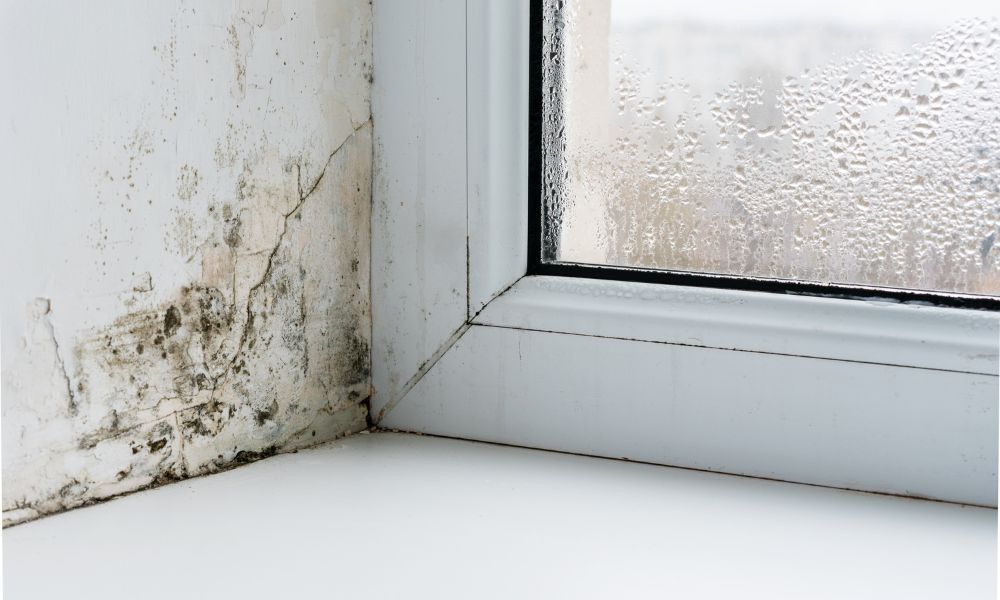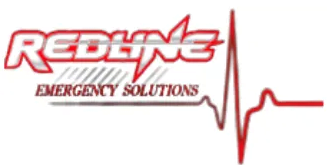
You’re likely doing your best to maintain a clean and healthy living environment in your home. However, unseen factors can wreak havoc on our health without us even realizing it. One of the most common and troublesome issues in many homes is mold growth. Not only can mold cause damage to your property, but it can also have negative effects on your health, especially if you experience allergies.
You might ask yourself, can mold in the home make allergies worse? Learn about mold’s impact on our health, symptoms of mold-induced allergies, where it commonly grows in the home, and how you can prevent or remove it.
Mold and Its Impact on Allergies
Mold spores, when present in the home environment, can exacerbate existing allergies, acting as a potent irritant for individuals who are particularly sensitive to them. These microscopic spores thrive in moist conditions and can easily become airborne, making it difficult to avoid inhaling them.
Once inhaled by someone with a preexisting allergic condition, the body’s immune system may identify these spores as harmful invaders, triggering an allergic reaction. This reaction is the body’s way of attempting to remove or neutralize the mold spores, indicating a heightened sensitivity to these common household allergens.
Recognizing the Symptoms of Mold-Induced Allergies
If you suspect that mold may be causing or worsening your allergy symptoms, it’s important to recognize the signs. Common indications include:
- Nasal congestion: Individuals with mold allergies often experience a stuffy or runny nose.
- Sneezing: Frequent sneezing, especially in the presence of mold, can be a telltale sign.
- Skin irritation: The skin may become red or itchy or present a rash, particularly in instances of direct contact with mold.
- Wheezing: For those with asthma, mold allergy can result in worsened asthmatic symptoms.
Common Household Areas Prone to Mold Growth
Mold thrives in moisture-rich environments. Here are the most common areas within the home where mold can be found:
- Bathrooms: Because of high humidity and poor ventilation, bathrooms are prime spots for mold growth.
- Kitchens: Leaky pipes or spills that aren’t properly dried can lead to mold under or behind kitchen fixtures.
- Basements: Often damp and poorly lit, basements can be hotbeds for mold growth if not properly maintained.
- Attics: Poor insulation and ventilation in attics can lead to moisture buildup and consequently mold.
- Carpets: If carpets become wet and are not promptly dried, they can harbor mold spores.
Prevention and Removal of Mold in the Home
Prevention is your best defense against mold-induced allergies. Keep your home dry, well-ventilated, and free from water leaks. Use dehumidifiers in damp areas, maintain plumbing, and promptly fix any water issues.
If you discover mold in your home, it’s crucial to address it immediately. Wear protective gear, use proper cleaning solutions, and ensure that the affected area is completely dried after cleaning to prevent regrowth. However, professional mold removal services, like the ones we at Redline Emergency Solutions offer here in Dallas, may be necessary for widespread or severe cases.
Mold in the home can undoubtedly worsen allergies and impact respiratory health. To safeguard your well-being, remain vigilant about mold growth and its indications and implement proper prevention and cleaning measures. Regular checks and quick responses can make a significant difference in maintaining a healthy living space.

